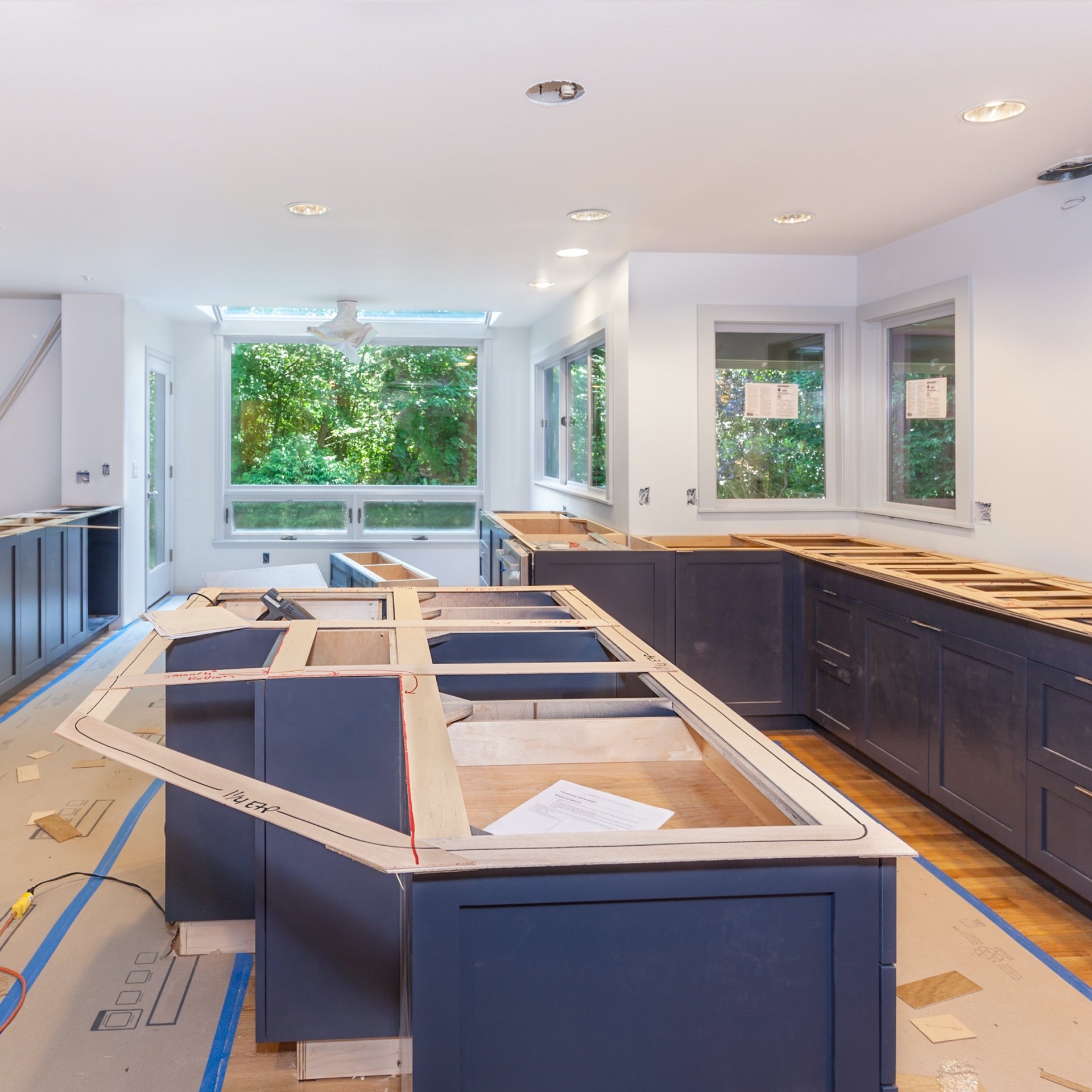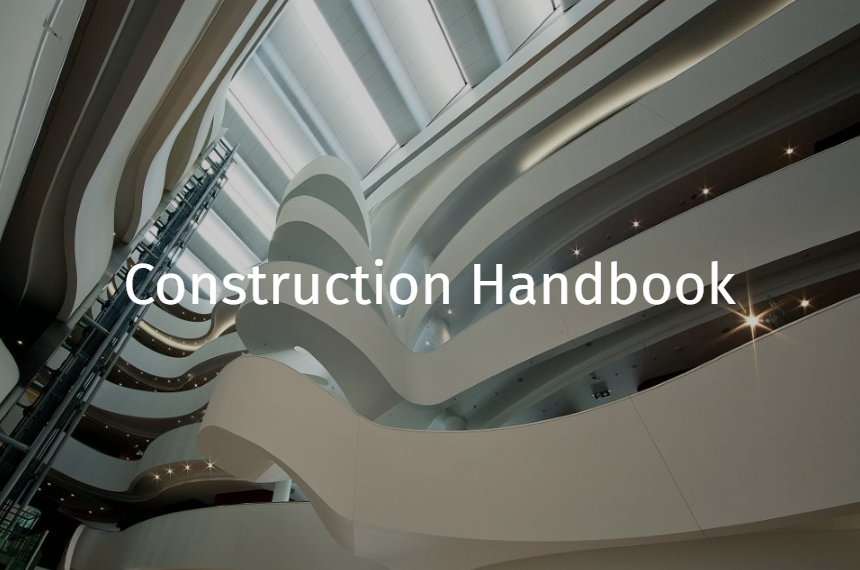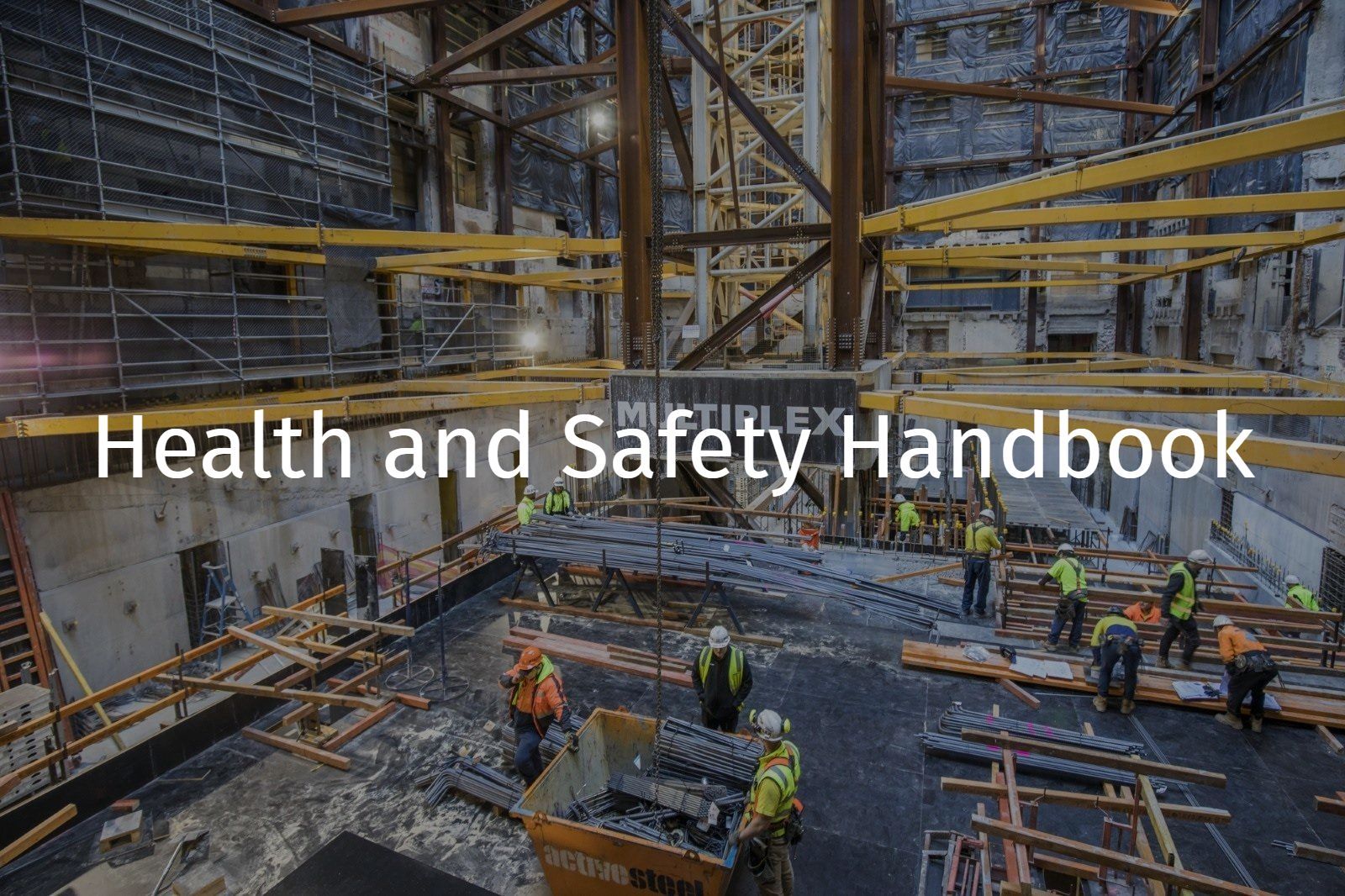Concrete Coring Cutting and Drilling
Hazards
Potential hazards include, but are not limited to:
- Machine kick back
- Blade / bit jamming
- Contact with blades, entanglement
- Noise
- Dust (e.g. respirable crystalline silica)
- Fumes (e.g. carbon monoxide)
- Projectiles, falling objects
- Contact with embedded objects or service
- Musculoskeletal injury
- Fire (e.g. petrol powered equipment)
- Confined or restricted work spaces.
Planning
Concrete coring, cutting and drilling must be carried out and supervised by suitably experienced and competent subcontractors.
S A task-specific SWMS is required for concrete coring, cutting and drilling work. SWMS must be submitted to MPX for review prior to the commencement of concrete coring, cutting or drilling activities. Due consideration should be given to:
- The work environment
- Access restrictions
- Confined spaces
- Working at height
- Type of equipment to be used – petrol electric, pneumatic, hydraulic
- Configuration of equipment - rail/ track/trolley mounted, hand held
- Type of blade or bit
- Equipment maintenance
- Location of any services, embedded objects (e.g. PT strands/tendons)
- Engineering approvals and authority / client approvals (where required)
- Establishment of exclusion zones / use of spotters
- Ventilation / extraction / suppression (e.g. fumes, dust)
- Excessive noise
- Fire
- Personal protective equipment
- Other workers
- Waste management
Concrete coring and cutting work must be planned in consideration of operational constraints, the work may require additional:
- Approvals from an authority or the client such as heritage listed buildings / structures or redevelopment / refurbishment works (e.g. Hospitals, shopping centres, occupied buildings)
- Noise or vibration monitoring.
Concrete coring and cutting work must be coordinated by MPX in consideration of other works.
S The requirement for engineering approval must be assessed prior to coring, cutting or drilling into concrete structures. Where required engineering approval must be documented.
Training and Competency
People carrying out concrete coring and cutting work must be inducted into applicable SWMS and hold valid records of training/competency, evidence must be retained on site refer to:
- Training and Competency Schedule
Operational
NSW, QLD and WA - A concrete coring, cutting and drilling permit must be implemented for concrete coring, cutting and work where the depth of drilling is > 30 mm.
VIC - A concrete coring and cutting permit must be implemented for concrete coring and cutting.
Plans, drawings, as-builts, AS CONS etc. must be reviewed to identify the presence of services and other embedded objects (e.g. PT strands).
The location of services and other embedded objects must be positively identified by scanning.
Services and other embedded objects must be physically marked out prior to the commencement of concrete coring, cutting and drilling activities.
Where applicable:
- Services must be isolated
- P WA - A Service/s isolation permit must be implemented.
- Installations and other items or surfaces must be protected from the potential ingress of water, dust or slurry.
Where concrete cutting is planned:
- Cutting lines should be marked out where services have been suspected: deviation from marked cut lines is not permitted
- Where deviation is unavoidable, cutting must cease and the work replanned/remarked in consultation with MPX
- The sequence of cutting must be defined e.g. horizontal, corners, vertical.
Exclusion zones consisting of barricading and signage must be established behind or below work areas.
Where applicable, spotters should be used where coring or cutting slabs (e.g. below a slab or behind a wall).
Where concrete coring or cutting work is carried out at height, compliant work platforms e.g. scaffolds or similar must be used.
Working off ladders/step ladders or platform ladders is not permitted.
Where cut due consideration must be given to the size and any supports removed.
Ventilation fans / extraction systems must be established where fuel (e.g. petrol) powered equipment is planned to be used in enclosed or partially enclosed spaces (as per regulations), ventilation systems must be monitored.
Where there is a risk of fumes from fuel powered equipment overcoming the operator e.g. confined or restricted work areas or working in excavations, the operator must wear a personal gas monitor. The gas monitor must be calibrated and be specific for the fumes being generated by the fuel powered equipment.
Hand held concrete coring or cutting equipment is not permitted to be used unless all other options have been considered and proven not to be practicable.
Where hand held concrete cutting equipment is approved for use, invert cutting, cutting above shoulder/chest/overhead or below knee level is not permitted.
The concrete cutting / coring/drilling contractor must clean –up all debris progressively (e.g. cores, offcuts, slurry etc.) and dispose of the debris in designated concrete waste bins.
Working alone is not permitted whilst concrete coring or cutting unless authorised by MPX and specific safe work and emergency procedures have been established.
Cored holes / cut penetrations must be covered immediately following the completion of the work and in accordance with
- Section: Penetrations in floors
- Where petrol equipment is utilised, designated areas must be defined for fuel storage and refuelling.
Equipment
Concrete coring, cutting and drilling equipment must be used and maintained in accordance with the manufacturers specifications: records of service must be available on site.
- Guards must not be modified or removed.
Drop starting ‘recoil /manual’ start equipment is not permitted.
Cutting with the top side of the blade is not permitted.
Dry coring or cutting is not permitted
Wet’ coring / cutting equipment must be used for concrete coring and cutting work.
On tool dust extraction / collection / suppression systems must be used as far is practical for concrete drilling work.
Pipe cradles should be used for cutting concrete pipes.
Cutting blades or drill bits be suitable for concrete/masonry work and be compatible with the equipment to which they are fitted to e.g. rotational speed, size etc by the subcontractor
The condition of the cutting blades / drilling bits must be constantly monitored. Damaged blades/bits must be removed from serviced and disposed of such that cannot be reused.
Concrete coring / cutting equipment must be stored in a secure location.
Personal protective equipment required for concrete coring / cutting / drilling includes, but is not limited to:
- Safety helmet
- Steel toe capped - boots or rubber boots in wet areas
- Eye/face protection
- Hearing protection
- Gloves, and where applicable
- Respiratory protection.
Legal and Other Requirements
- CP Concrete & Masonry Cutting & Drilling 2010
Document Control
Version 1 August 2019 – New Standard







